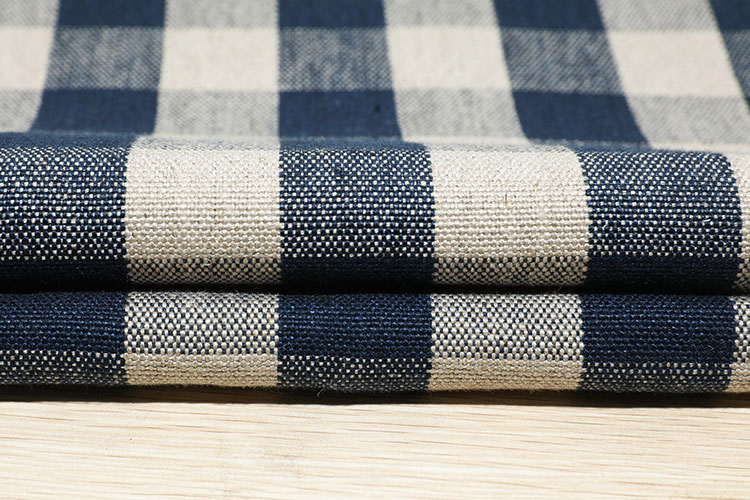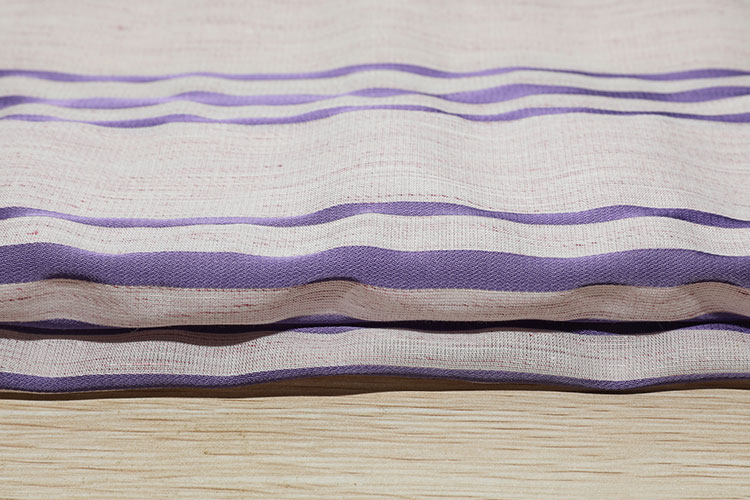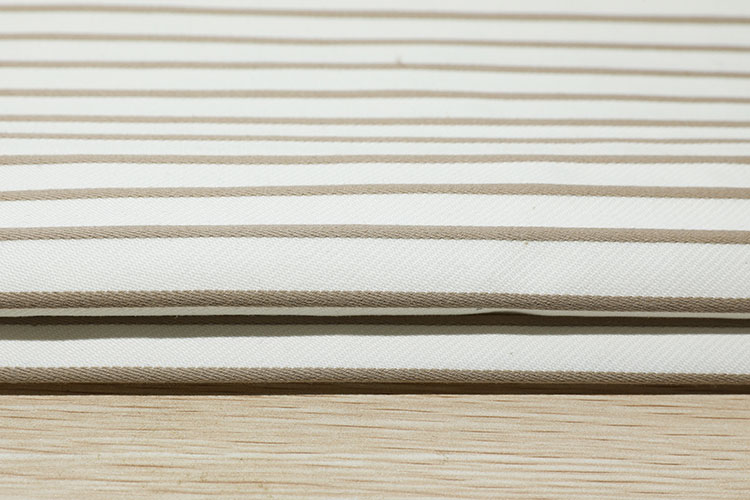Hemp fabric is a great choice for eco-conscious clothing. Its fiber content, cellulose and lignin, make it perfect for dyeing. All-purpose dyes, such as Rit, are not suitable for hemp. Rit dye is prone to fading and bleed, making it a bad choice for garments made from hemp. Also, fiber reactive dyes give better results on hemp. But you should know what to look for before dyeing hemp fabrics.
Hemp textiles are processed using organic chemicals. All chemicals are recycled. As a result, hemp fabrics are 100% recyclable. In fact, hemp textiles are certified as green and non-toxic by the Oeko-Tex Standard 100. The manufacturing process is done using a closed-loop system, so all the chemicals used are recycled. This process also reduces the risk of environmental pollution. It also means that hemp fabrics can be used for a wide range of products, from clothes and blankets to furniture and home accessories.
Hemp has a long history in human history. It was a strong competitor to flax as the chief textile fiber of vegetable origin until the 19th century. China, for example, had hemp cloth dating back to the fifth millennium BC. As an eco-friendly choice, hemp is the perfect textile material for any era. Its sustainability and affordability make it an attractive choice for everyone. You can make a difference in the world today by purchasing hemp dyed cloth.
Hemp fabrics have excellent color fastness. AATCC standards call for a minimum of 99% color fastness for hemp fabrics. These are the best choices for textiles. They are safe, chemical-free and economical. In addition to being eco-friendly, hemp also looks great! You can dye clothing and home accessories using hemp fabric. Soak the fabric in deionized water overnight, rinse it twice and then rinse it in hot water three times.
Pomegranate peel extract has both dyeing and antibacterial properties. Its antibacterial and tannin content were studied. Using water at 100degC and a Soxhlet apparatus, this natural dye was extracted. Increasing the dye concentration and time of the process increased color strength. An optimal dyeing time of 60 min at 6% concentration gave a yellowish-brown color. Afterward, the dyed fabrics were rated as good to excellent color fastness against water, washing, and perspiration.
Hemp fiber's saturation level is lower than cotton fiber. Therefore, it takes longer for the dye to penetrate the fiber. But the process itself is simple and fast, and you can get the same results from hemp and cotton fabric. Just make sure that the hemp fiber is not too thin! In addition, it has a lower level of levelness compared to cotton. This way, the dyed cloth is still more flexible and can be used as a fabric without the risk of shrinkage or color fading.
Hemp has several benefits, including its resistance to mold, mildew, and UV light. Another advantage of hemp is its ability to withstand more weight. This makes hemp an excellent choice for outdoor activities and travelers. Because hemp can withstand so much abuse, it is a great option for clothes. It is also naturally hypoallergenic, allowing you to wear it without worrying about any allergens. Moreover, it doesn't get dirty easily, and it will stay fresh for longer.
Hemp fabric should be tested using different methods. One way of distinguishing hemp from flax is by comparing the two materials' rotation when wet. For example, hemp fabric will rotate anti-clockwise when wet, while flax will rotate clockwise. Another way to differentiate hemp from flax is by conducting a burn test. If you burn hemp fabric with a bright flame, it will instantly burn, without leaving any beaded residue. And the smell will smell like wood or burning leaves.
The cost of hemp fabric should not be more than the price of cotton. Cotton is produced on a much larger scale than hemp, and costs less per gram. So while hemp fabric is an excellent option for eco-conscious clothing, its novelty factor may make it difficult to find affordable options. Besides, hemp fabrics are not widely available. However, because hemp fiber is more efficient than cotton, its prices should be lower. Therefore, you shouldn't worry about paying too much for a hemp-dyed cotton fabric.



 English
English Chinese
Chinese




 +86-573-81880066
+86-573-81880066 +86-13666752302
+86-13666752302 enbo_dong@126.com
enbo_dong@126.com